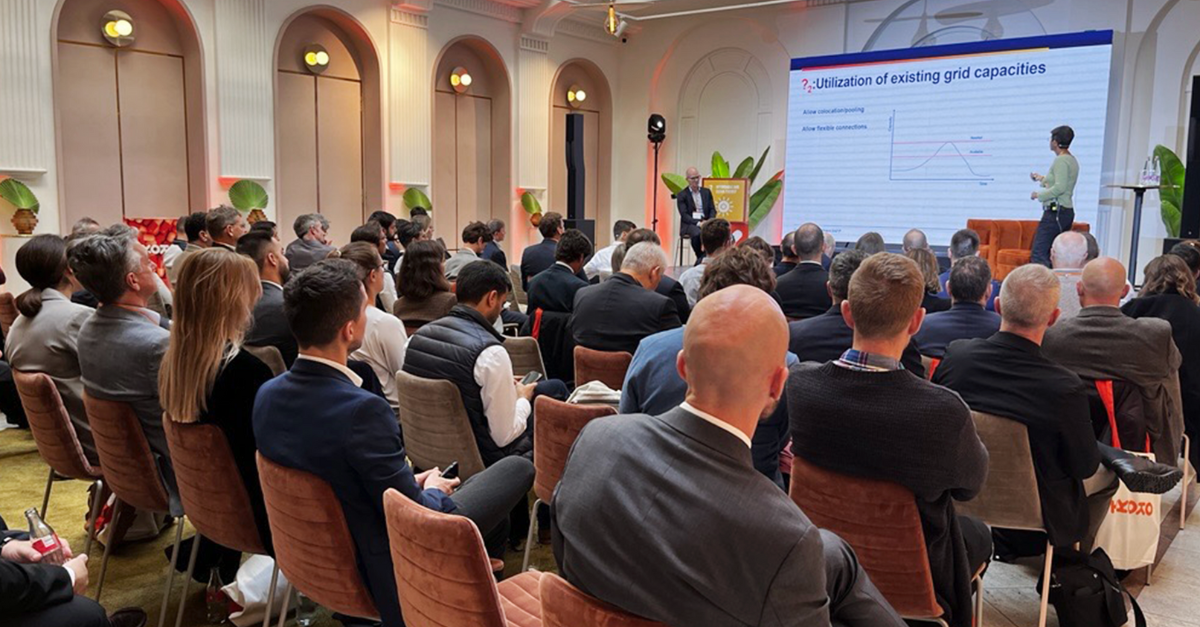If it’s your job to convince management, here’s your guide to removing the gas behind the glaze!
What if every donut you baked came with a price tag for the planet? It actually does, because of fossil fuels. Food production is responsible for 15% of the world’s fossil fuel consumption. Every year. And the question now isn’t if this must change, but how fast. Industrial decarbonization is a critical challenge.
As a manager tasked with figuring out how your factory can electrify food production and decarbonize operations, you might find yourself caught in a tough spot. On one side, there’s pressure from ESG targets and the need to meet sustainability standards; on the other, management expects solutions that won’t compromise profitability. With limited in-house expertise on emerging energy technologies and the complexities of the energy market and no straightforward path forward, you’re left to navigate complex regulatory requirements, high upfront costs, and a steep learning curve.
It’s a challenging position, where every choice has long-term implications for both the environment and the business.
The first question to ask: Do you have to decarbonize?
- It might seem unnecessary to ask whether you have to decarbonize, but it is an eye-opening exercise.
Lars Martinussen, an industry expert from Kyoto Group, says there’s a gap here. A glitch between the competencies needed to actually make a profitable energy transition—and the status quo of most industrial food and beverage producers. In many cases, there’s a gas boiler on the plot, playing its part as the daily energy source.
How to get rid of it? That’s why the question emerges.
- If you answer “yes” to the need for industrial decarbonization, follow up with: What is it going to take? What are the risks and benefits of acting now versus delaying? Is it possible to postpone the question for, say, five years?
- It sounds like the only viable answer is yes—you have to decarbonize now?
- If you continue to use gas, you’ll be confronted with steep CO2 emissions costs. Also, you’re at serious risk of failing to meet ESG demands from customers, investors, and partners. Look at Target, the U.S. retail giant. In 2019, they set a bold goal: 100% renewable electricity by 2030. But they didn't stop there. They're targeting net-zero emissions by 2040 and encouraging suppliers to follow suit. For Target, renewable energy isn't just a goal—it's an expectation.

Their 2030 goal is clear: a 32.5% absolute reduction in supply chain emissions (scope 3). Suppliers who don’t align with these goals risk being left out of future opportunities with Target. To support this transition, Target has partnered with Schneider Electric to launch 'Forward Renew'—a free program that helps suppliers switch to renewable energy, ensuring everyone moves forward together."
- So, the real question quickly becomes: "Do I want to keep supplying Target, and others like them in the future?" And that’s a given. Of course, you do!
Assess in-house expertise or identify knowledge gaps
How it may seem a little off to talk about donuts and decarbonisation in the same breath. After all, you’re a food producer, not an energy company, right?
But the reality is that decarbonization and electrifying production are inevitable steps coming to the food and beverage industry, whether we like it or not. With increasing regulatory pressure and consumer demand for sustainable practices, the industry faces growing scrutiny to reduce its carbon footprint. The EU, for example, has set ambitious targets to cut emissions by at least 55% by 2030, which means all industries will be affected by stricter regulations.
- This all boils down to one thing: do you have sufficient expertise within your company?
Lars Martinussen explains that many in the food and beverage industry believe they have the necessary in-house expertise. However, while they may understand their own energy needs, there’s often a lack of deeper insight into the complexities of the energy market itself.
And that’s exactly where the food company’s project manager or energy manager fits—right between a somewhat vague understanding of the ongoing transition and the challenge of determining how to act..
- Yes, it’s a very difficult position to find yourself in, Lars Martinussen says. - That’s why I stress that the ultimate question comes down to expertise and resources: Do I have enough technical, commercial, and energy market knowledge within my company to make a qualified assessment of what’s actually needed for us to electrify our production process?
- This is something of a grey area for most food and beverage companies. And questions like these are a first step towards being able to fill in the necessary colors.


